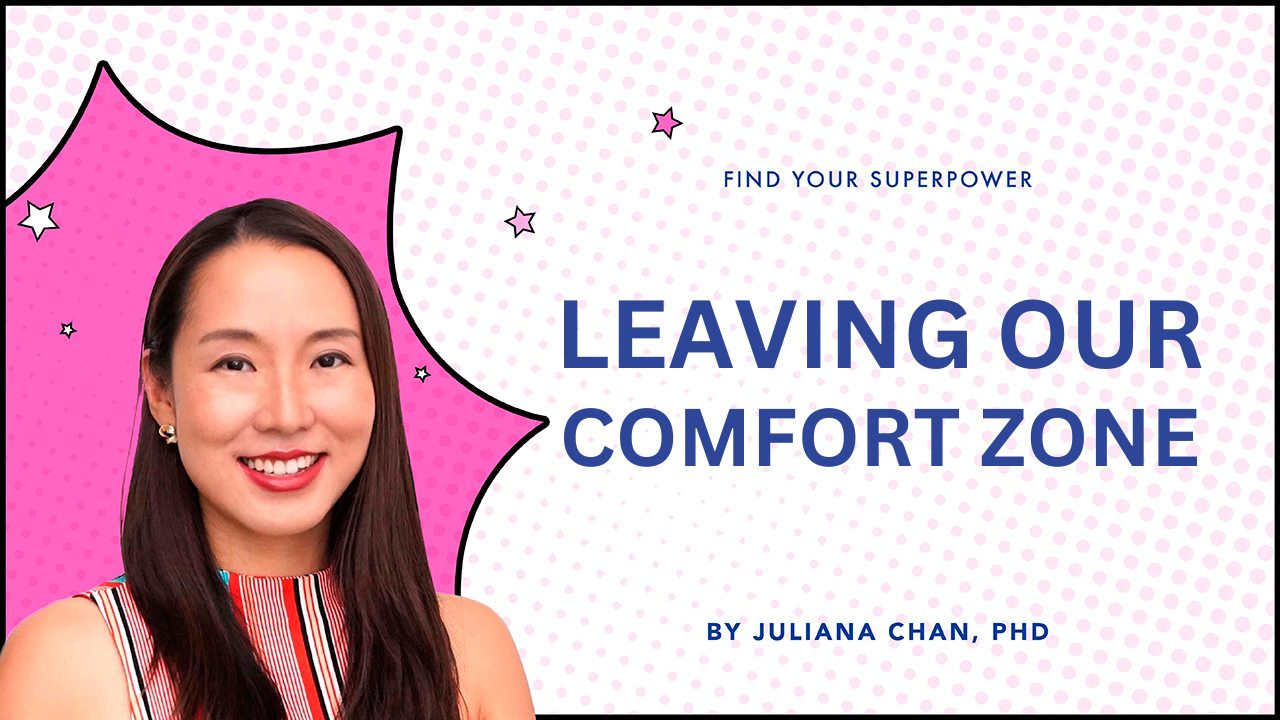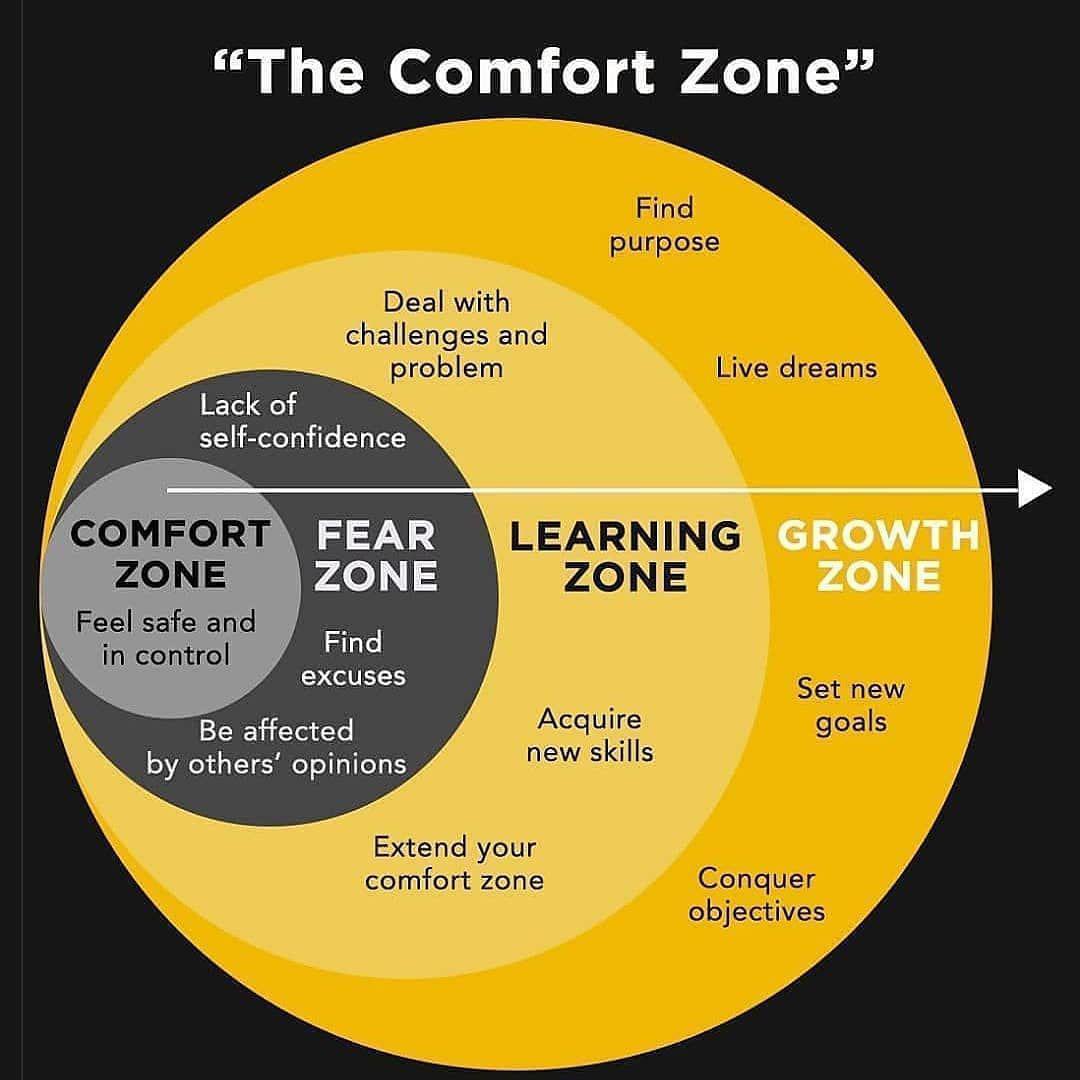Leaving our comfort zone
May 25, 2023
Find Your Superpower newsletter 015
Read time: 6 minutes
Topics covered: Career transition, changing jobs, growth mindset, executive coaching
Burnout from Zoom calls with global HQ that run past 3 AM every night.
Watching a family member fall sick and realizing life is too short.
A corporate culture that does not support parenting young kids.
A stress-induced anxiety attack that required hospitalization.
A mental-health episode from bullying at the workplace.
Wanting to stretch themselves and try a new industry.
Wanting a pay raise as they are proposing soon.
Wanting a remote job for work-life integration.
These are stories that I’ve personally heard from friends and acquaintances, or experienced myself, as reasons for finding a new job.
How to change careers and make that scary leap
In episode six of the podcast, The Science of Work, my guest speaker and I discuss the intimidating topic of making a career change and why the both of us made that scary leap.
In 2022, Parin Mehta was Managing Director for APAC at Airbnb, managing a team of 500 across six regional hubs. That year, he decided to make a career shift to become a Venture Partner at Menyala, where he assembles startup teams that develop disruptive technologies.
“I had no push factors from my job at Airbnb. I loved it. I had an amazing team, I really believed in and still believe in the vision of the company. I had no reason to leave. Running a travel business during COVID was a pretty tough time but it was about to get pretty interesting with the borders opening... But I knew that there was a different way for me to create impact,” Parin shared.
Likening one’s career to a story filled with chapters, he pointed out that changing jobs is not necessarily about being dissatisfied with the current chapter. “It is just the way that a book is written; there is always another chapter until the end.”
The learning zone model
We introduce the Learning Zone Model as a framework for a discussion on career change:
Comfort zone: It is easy to observe when someone is in their comfort zone. They’re doing something they have learnt how to do over and over, and they’re in cruise control mode. But if we are searching for learning and growth, at some point we would have to embrace uncertainty and leave our comfort zone. A quick note that growth can also be found within the same company, with a change in job description or an increase in seniority.
Fear zone: This is a period of great discomfort and ambiguity. Most people dislike this feeling and avoid it at all costs. In this zone, we give excuses and blame others for our mistakes instead of taking responsibility for them. But the quicker we accept these mistakes as our own and learn from them, the quicker we get out of this zone. If not, we will most likely retreat back into our comfort zone!
Learning zone: Those who survive the fear zone reach a glorious place called the learning zone. Here, we are fully accountable for our problems and mistakes, and we realize that we are are capable of acquiring many new skills and responsibilities. Our confidence grows. Our ability to absorb new information and manage complex projects also grows.
Growth zone: The zenith is the growth zone, where we feel like we’ve scaled a mountain peak. I’ve had the rare privilege of seeing colleagues enter the growth zone. It is a beautiful sight and hard to describe except that it is 'like magic'. We’re doing things we’ve never done before, we don’t feel like an imposter, and we start to receive compliments from the people we work with.
Rinse and repeat: Believe it or not, the cycle has to repeat and we end up in the comfort zone again. To get to the next stage we have to cross another fear zone, and another fear zone...
The grass isn’t always greener on the other side
“I use LinkedIn a lot,” I shared. “And there is this narrative on LinkedIn that the grass is always greener on the other side. I think that is a very oft-used trope on the internet and it gets lots of likes and I can see why. But the grass isn’t always greener on the other side.”
Parin agreed, saying, “Sometimes we can paint a false picture of what we are moving towards, and when we get there, we realize it is not what we thought it would be.”
“[The key to a successful career transition is] being really honest about the current reality and being honest about the new reality we are moving to. And making sure we understand that trade-off. Because everything is about trade-offs, right?” Parin concluded.
If you are contemplating a career change, this episode also covers the following talking points:
- The differences between changing jobs and changing careers
- How to prepare for a career transition – matters of the head (practical) vs. matters of the heart (emotional)
- How an executive coach can help someone navigating a career transition
Please don’t forget to give the podcast a five ⭐⭐⭐⭐⭐rating and subscribe to the podcast on Spotify and Apple Podcast!
Thanks for reading issue 015 of my weekly Find Your Superpower newsletter.
See you next week.
Besides my newsletter:
- I invite you to subscribe to The Science of Work podcast on Spotify and Apple Podcast to be alerted to future podcast episodes. Please also leave me a five-star rating and comment to help others find my podcast! ⭐⭐⭐⭐⭐
- Buy my 1h on-demand video course on professional branding, called Find Your Superpower: How to Rebrand Yourself on LinkedIn. It will help you identify your professional brand, write a brand statement from scratch, and create original content and network on LinkedIn
- Sign up to my newsletter mailing list to receive a 10% DISCOUNT coupon code for the masterclass.

